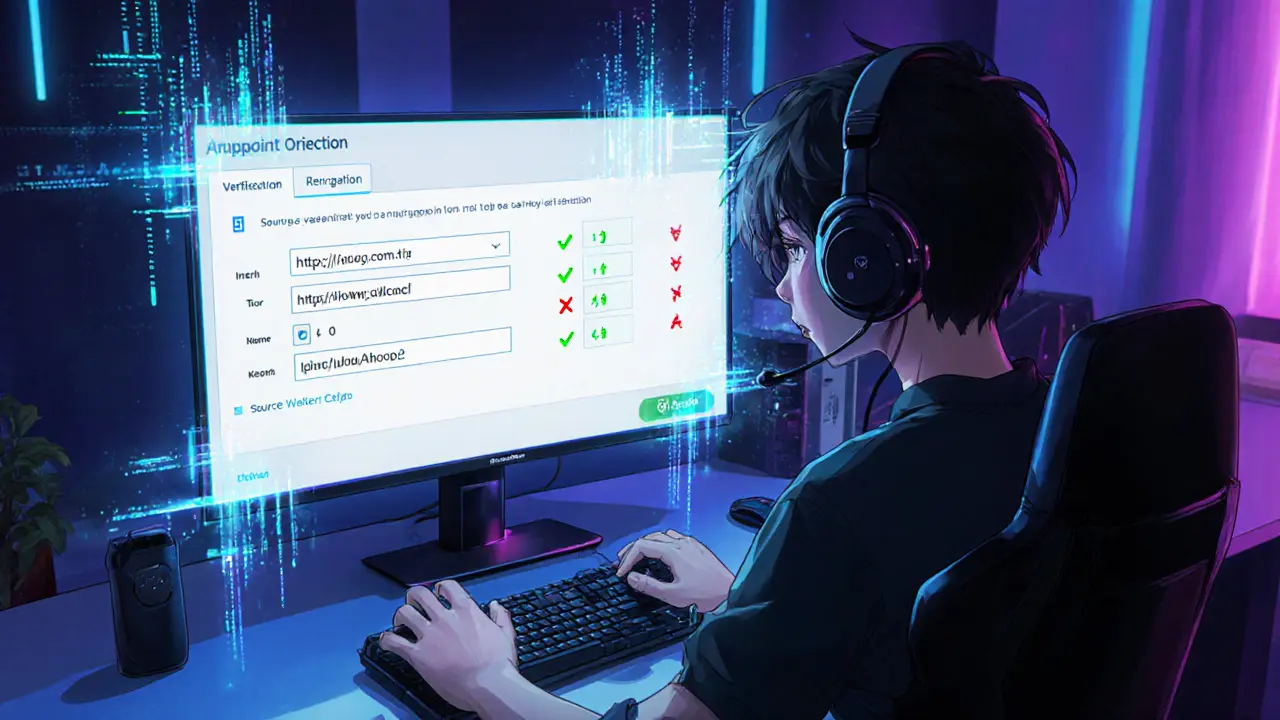Community Airdrop Explained: How Free Tokens Reach Real Users
When you hear Community Airdrop, a distribution event where a crypto project gives free tokens to its community members. Also known as crypto airdrop, it helps launch new tokens, reward loyal users, and spark network effects, the concept feels simple but the mechanics can be surprisingly varied. A community airdrop usually requires a set of eligibility rules—holding a specific token, completing a social task, or registering on a platform. In return, participants receive a predefined amount of the new token, often tracked on a blockchain for transparency. This basic loop—project creates token, defines distribution criteria, users claim reward—forms the backbone of most token distribution strategies. ASK token is a real‑world example where Permission.io ran a community airdrop, letting users claim tokens simply by signing up. Another case is the EVA token from the Evanesco Network, which announced a future airdrop to early adopters even though no official drop has launched yet. Both illustrate how projects use airdrops to grow their user base while providing early supporters with a stake in future upside.
Why Community Airdrops Matter for Tokens and NFTs
The power of a community airdrop goes beyond mere freebies. First, it creates a built‑in demand for the token because recipients often need to hold or use the asset to claim the reward. Second, it generates buzz on social media—people share their claim links, boosting organic reach. Third, a well‑designed airdrop can serve as a data collection tool, giving projects insight into user demographics, wallet activity, and market sentiment. For instance, the Caduceus CMP airdrop combined token distribution with a metaverse partnership, encouraging users to explore both the token and its virtual world. When NFTs join the mix, the dynamics shift: an NFT airdrop delivers unique digital collectibles that can serve as access passes, game items, or tradable art. Projects like HashLand and Bullieverse have leveraged NFT airdrops to give users instant ownership of in‑game assets, which in turn fuels deeper engagement and secondary market activity. The relationship here is clear: community airdrops enable token distribution, while NFT airdrops enhance user interaction, creating a feedback loop that benefits both the project and its community.
Below you’ll find a curated list of articles that break down specific airdrop cases, security tips, tokenomics insights, and step‑by‑step guides. Whether you’re hunting for the next free token, trying to verify an airdrop’s legitimacy, or looking to launch your own distribution, the posts cover everything from ASK and EVA token details to NFT drops like GEMS and HashLand. Dive in to see how each example fits into the broader ecosystem, pick up actionable advice, and stay ahead of the next wave of community‑driven token launches.
